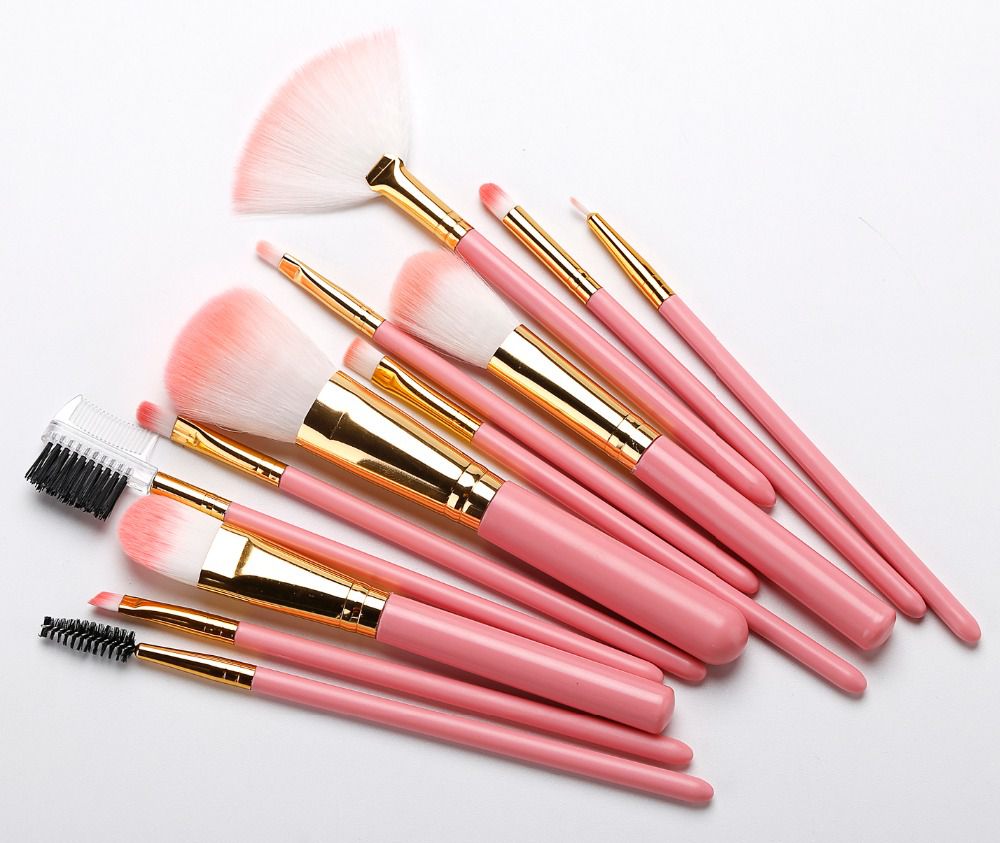Industry news
Biodegradable Bristle Degradation Rates: Comparative Testing of PLA vs. PHA-Based Fibers
- 922 Views
- 2025-11-25 01:31:29
Biodegradable Bristle Degradation Rates: A Comparative Study of PLA vs. PHA-Based Fibers
As the global beauty industry shifts toward sustainability, the demand for eco-friendly alternatives to traditional plastic bristles—long a source of environmental pollution—has surged. Conventional makeup brush bristles, often made from non-biodegradable materials like nylon or polyester, can persist in landfills for centuries, contributing to microplastic accumulation. In response, biobased biodegradable fibers such as PLA (Polylactic Acid) and PHA (Polyhydroxyalkanoates) have emerged as promising substitutes. This explores the degradation rates of PLA and PHA-based bristles through comparative testing, shedding light on their environmental performance and practical viability for cosmetic applications.

Understanding PLA and PHA: The Basics
PLA, derived from renewable resources like corn starch or sugarcane, is one of the most widely used bioplastics. It decomposes into carbon dioxide and water through hydrolysis and microbial action, primarily under industrial composting conditions. PHA, by contrast, is synthesized by microorganisms (e.g., bacteria) through fermentation of organic feedstocks like vegetable oils or agricultural waste. Its degradation relies on microbial enzymes, enabling breakdown in diverse environments, including soil, marine, and home composting.
Comparative Testing: Key Metrics and Results

To evaluate degradation rates, we conducted controlled tests under three common scenarios: industrial composting (58°C, high humidity), home composting (25–30°C, ambient humidity), and soil burial (20°C, natural microbial activity). Bristle samples (0.1mm diameter, 5cm length) of PLA and PHA were monitored over 12 months, measuring mass loss, tensile strength retention, and microbial colonization.
Industrial Composting: Here, both materials degraded rapidly, but PHA outperformed PLA. PLA showed 85% mass loss after 3 months, with complete degradation (98% mass loss) by month 6. PHA achieved 90% mass loss in just 2 months, with full degradation by month 4. This is attributed to PHA’s lower crystallinity, making it more accessible to microbial enzymes.
Home Composting: Under milder conditions, degradation slowed significantly. PLA showed only 20% mass loss after 6 months and 45% after 12 months, with residual fragments still visible. PHA, however, reached 35% mass loss at 6 months and 70% at 12 months, with fewer intact fragments. This highlights PLA’s reliance on high temperatures for efficient breakdown, a limitation for consumer disposal.
Soil Burial: In natural soil, PHA again demonstrated superior degradation. After 12 months, PHA samples lost 60% mass, with visible fragmentation and microbial biofilm coverage. PLA lost just 25% mass, remaining structurally intact with minimal microbial activity. This suggests PHA is better suited for accidental environmental release (e.g., outdoor waste) compared to PLA.
Mechanical Performance During Degradation
Beyond degradation speed, bristle functionality during use is critical. Tensile strength tests showed PLA retained 70% of its initial strength after 3 months of use (before disposal), while PHA retained 65%. However, during degradation, PLA’s strength dropped sharply once hydrolysis began, leading to brittle fracture, whereas PHA degraded more gradually, maintaining flexibility longer. For cosmetic brushes, this means PHA bristles are less likely to break prematurely during use but may soften slightly faster than PLA.
Environmental Impact and Practical Considerations
Both materials produce non-toxic degradation products (CO2, water, and biomass), avoiding microplastic pollution. However, PLA’s production relies on agricultural resources (e.g., corn), raising concerns about land use and food competition. PHA, produced via microbial fermentation, can utilize organic waste streams (e.g., food scraps), offering a circular economy advantage. Cost remains a barrier: PHA currently costs 2–3 times more than PLA due to complex fermentation processes, though scaling could narrow this gap.
Conclusion: Choosing the Right Fiber
For brands prioritizing rapid industrial composting compliance, PLA offers a cost-effective solution. For those targeting consumer-friendly disposal (home composting/soil) or marine safety, PHA is superior despite higher costs. As sustainability regulations tighten and consumer awareness grows, understanding these degradation nuances will be key to developing brushes that balance performance, affordability, and environmental responsibility.











